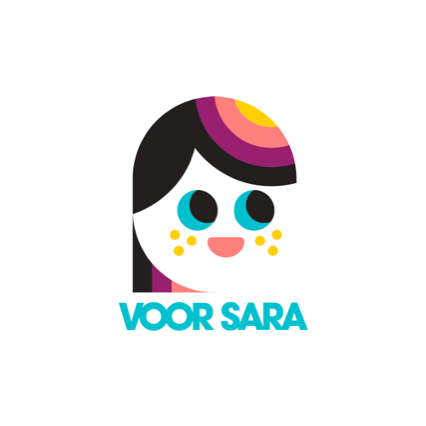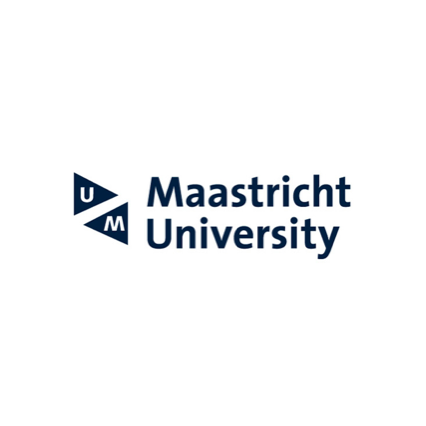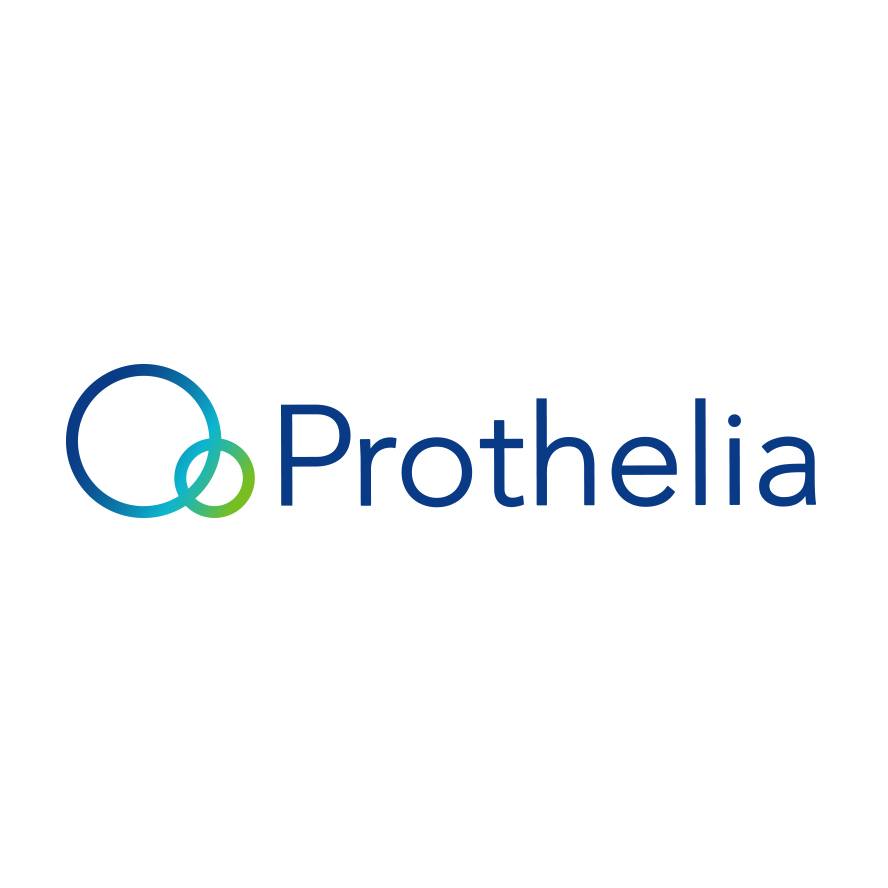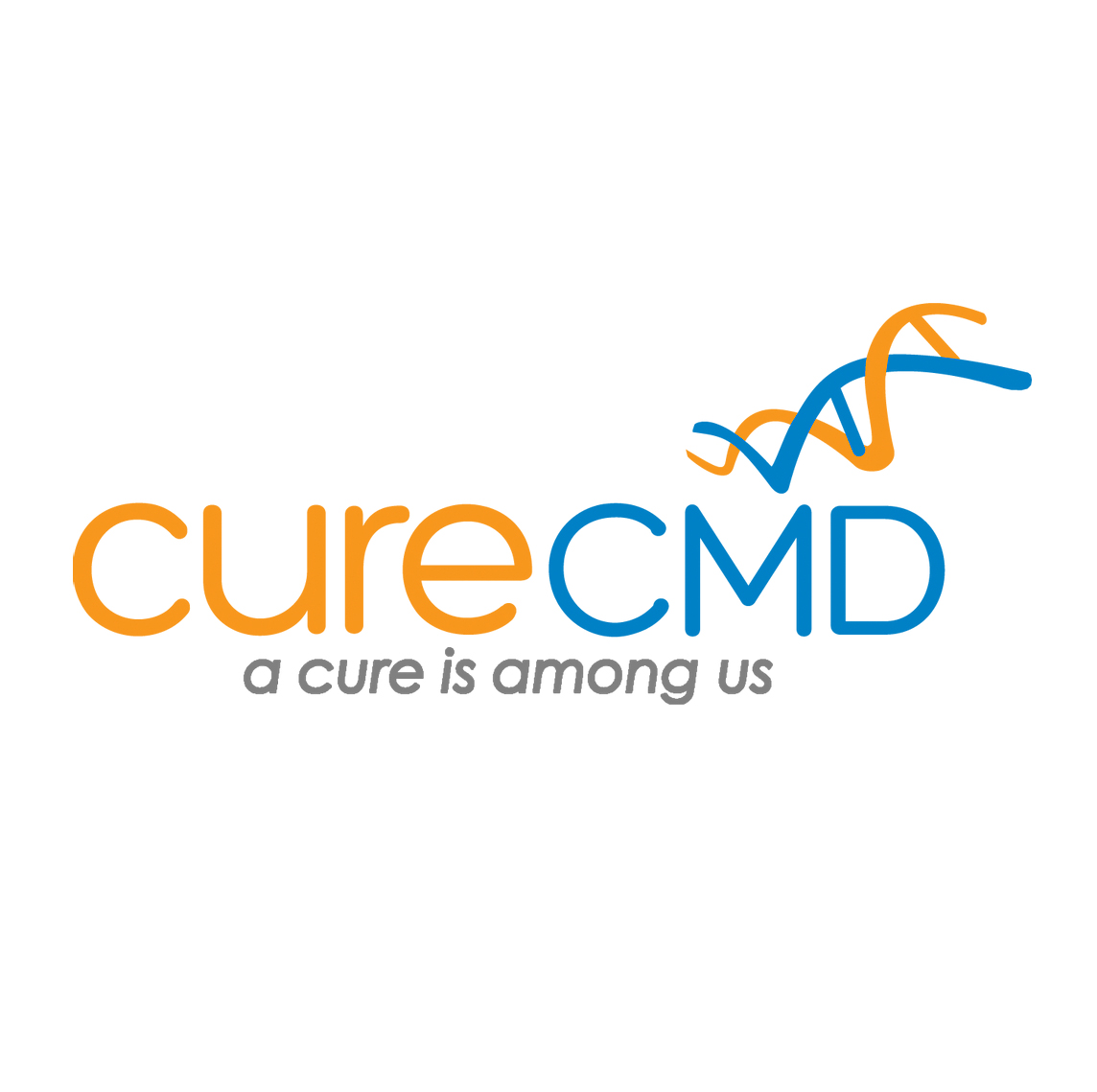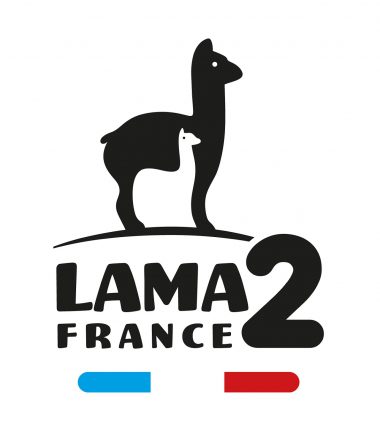Working together for hope: An international step toward a treatment for LAMA2-RD
The Dutch foundation Voor Sara is investing over €45,000 in a promising research project led by Professor Markus Rüegg at the University of Basel in Switzerland. The foundation sees this as a strategic step to strengthen international collaboration and accelerate the development of a treatment for LAMA2-related muscular dystrophy (LAMA2-RD). This investment represents a crucial contribution to a larger trajectory that aims to bring this therapy closer to clinical studies in patients. By supporting this project, the Dutch foundation helps attract larger funders and pharmaceutical partners, increasing the likelihood that a treatment will reach patients.
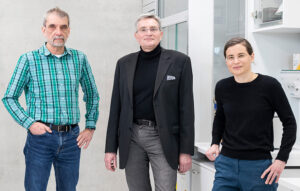 The project
The project
The project aims to develop a dual vector gene therapy designed to alleviate the consequences of the missing protein in LAMA2-RD. The technique uses harmless viruses (AAVs) to deliver genetic material for two so-called linker proteins into muscle fibers. The two linker proteins were shown in preclinical experiments to functionally replace the missing LAMA2 protein. The contribution from the Voor Sara foundation will be used to produce these viruses under conditions that meet the quality standards required for future human applications. This is an essential step to demonstrate that the method can be safely and reliably scaled up — a prerequisite for the next phases of research and, ultimately, clinical trials.
The broader research and technology
Professor Rüegg’s team has been conducting pioneering research into LAMA2-RD for more than 25 years. By developing innovative linker proteins, they have shown in mouse models that muscle and even nerve function can be largely restored. This therapy is mutation-independent, meaning it has the potential to work for all LAMA2-RD patients, regardless of their individual genetic mutation. The technology is being further developed by SEAL Therapeutics, a spin-off from the University of Basel, which collaborates with specialized biotech companies to move the therapy toward clinical application.
Hope and expectations
The results so far are highly encouraging: mice that normally show severe disease symptoms recovered almost completely after treatment. Researchers hope that the next phase – supported by the Voor Sara foundation – will confirm that this approach can be safely applied on a larger scale. If successful, it will pave the way for the first clinical study in patients. For families living with LAMA2-RD, this represents a powerful new source of hope for a future with greater strength and fewer limitations.
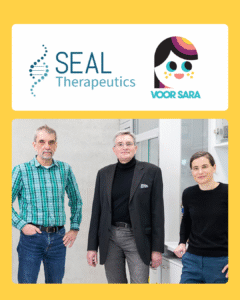 Pride and Collaboration
Pride and Collaboration
,,As a foundation, at Voor Sara we are proud to support this international research effort. This expansion fits within our broader strategy to work step by step toward an effective treatment for LAMA2-RD”, says Bram Verbrugge, chairman of Voor Sara. In addition to funding Professor Rüegg’s research in Basel, the Dutch foundations also supports the Dutch study at Maastricht University, led by Professor Bert Smeets. Furthermore, Voor Sara finances natural history research at the RadboudUMC, has contributed to a biomarker study for LAMA2-RD, initiated the development of care recommendations and actively promotes international collaboration through online meetings and scientific conferences.
All of these initiatives complement and reinforce one another, increasing the likelihood of a breakthrough — for all patients living with LAMA2-RD.
